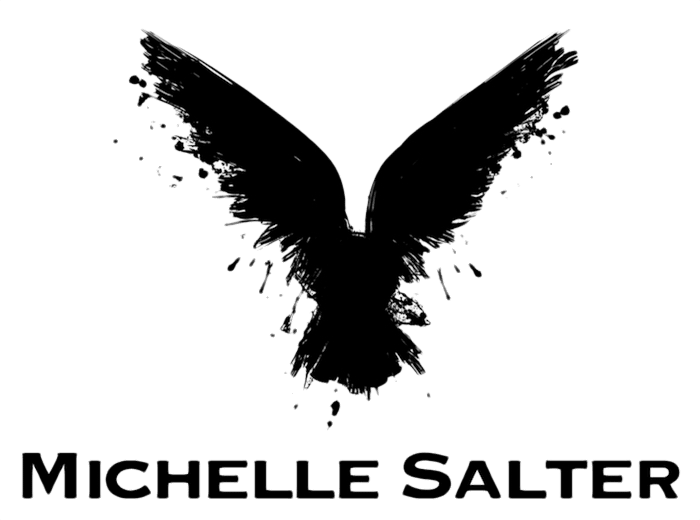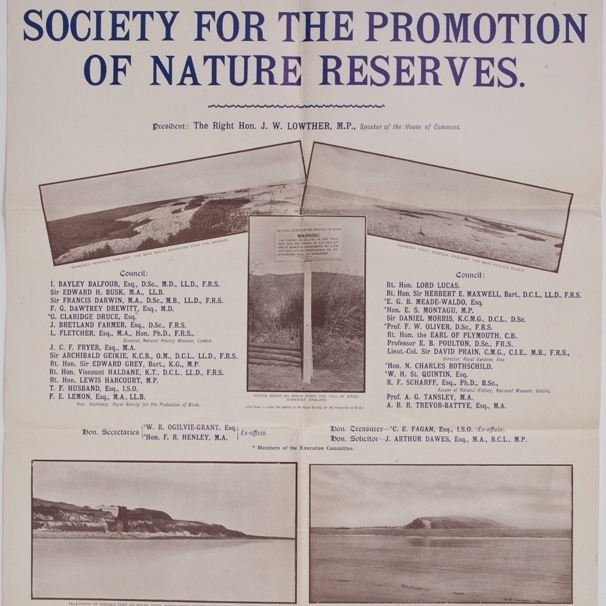The beginning of nature reserves in Britain
As mentioned in my last post, Enjoy a cocktail with Percy Baverstock, the character of Percy has become a popular and permanent fixture in the Iris Woodmore Mysteries.
In Death at Crookham Hall, Iris meets Percy for the first time at the Natural History Museum in London.
Percy works at the Museum and is a member of the Society for the Promotion of Nature Reserves. Iris is investigating a rumour she’s heard that the powerful Lady Timpson has been involved in a land acquisition scandal. Lady Timpson stole a list of sites collated by the Society as potential nature reserves and tricked landowners into selling her the land at a fraction of its true value.
The Society for the Promotion of Nature Reserves did exist and was the forerunner for the Wildlife Trusts we have in the UK today. At the top of this post is an early poster for the Society for the Promotion of Nature Reserves.

Charles Rothschild (1877 - 1923)
Charles Rothschild was the son of the first Baron Rothschild and worked for the family business as a partner in the historic bank N M Rothschild & Sons. He was also a gifted entomologist.
On 16 May 1912, Charles Rothschild got together with Charles Edward Fagan, Assistant Secretary at the Natural History Museum, William Robert Ogilvie-Grant, Assistant Secretary of Zoology at the Museum, and the Honourable Francis Robert Henley, a Northamptonshire landowner.
Charles Rothchild wanted to create a society with the aim ‘to urge by means of the press, personal efforts, and by correspondence with local societies and individuals the desirability of preserving in perpetuity sites suitable for nature reserves’.
His plan was to identify wildlife areas deemed worthy of preservation and encourage others to acquire the sites and look after them.
The Society for the Promotion of Nature Reserves (SPRN) held its first formal meeting on 26 July 1912 in the Board Room of the Natural History Museum. The SPNR began to draw up a list of the best wildlife sites in Britain with the intention of purchasing them to protect them as nature reserves.
In 1913, Charles Rothschild found out the Government’s Development Commission intended to reclaim extensive areas of ‘wasteland’ to grow more food. These wastelands were the type of areas the SPNR wanted to turn into nature reserves.
By April 1914, the SPNR had identified 98 sites and engaged in preliminary negations with the landowners. It was also suggested at a Society meeting that ‘in the event of any area scheduled by the SPNR being acquired by the Development Commissioners they be asked to consider if a small portion of the same could not be retained as a nature reserve’.
(It’s this list of sites that forms part of the plot of Death at Crookham Hall.)
In the summer of 1915, the SPNR submitted a list of 284 sites in Britain and Ireland to the Board of Agriculture. Known as Rothschild Reserves, you can find the full list here.

Map of sites identified as 'worthy of preservation' by the SPNR
Sites included Box Hill in Surrey, the coombs and cliffs of Cornwall between Bude and Boscastle, Dovedale in Derbyshire, Puffin Island off Anglesey and the archipelago of St Kilda.
The SPNR never managed to achieve its ambitions - members were mainly specialist naturalists, and the Society grew too slowly. However, it did lay the groundwork for what was to come.
With the support of the SPNR, local conservation organisations began to spring up around the country. These were the forerunners to the Wildlife Trusts. The first was in Norfolk in 1926, known as the Norfolk Naturalists Trust, followed in 1938 by the Pembrokeshire Bird Protection Society. Other Trusts were formed in Yorkshire in 1946 and Lincolnshire in 1948.
In 1949, nature conservation took a significant step forward with the introduction of the National Parks and Access to the Countryside Act, which established the first National Parks and Sites of Special Scientific Interest.
More local conservation organisations were formed in the 1950s, and in 1959, the SPNR took on the central coordinating role for the local Trusts and became the national association to represent them. By 1964, the number of trusts had increased to 36.
In 1976, the Society for the Promotion of Nature Reserves changed its name to the Promotion of Nature Conservation (SPNC) to reflect its broader role beyond nature reserves.
In 1981, the SPNC changed its name to the Royal Society of Nature Conservation (RSNC).
In 2004, the RSNC changed its name to the Royal Society of Wildlife Trusts (RSWT).
Although Charles Rothschild never realised his ambitions for the Society for the Promotion of Nature, his vision shaped nature conservation in Britain.

